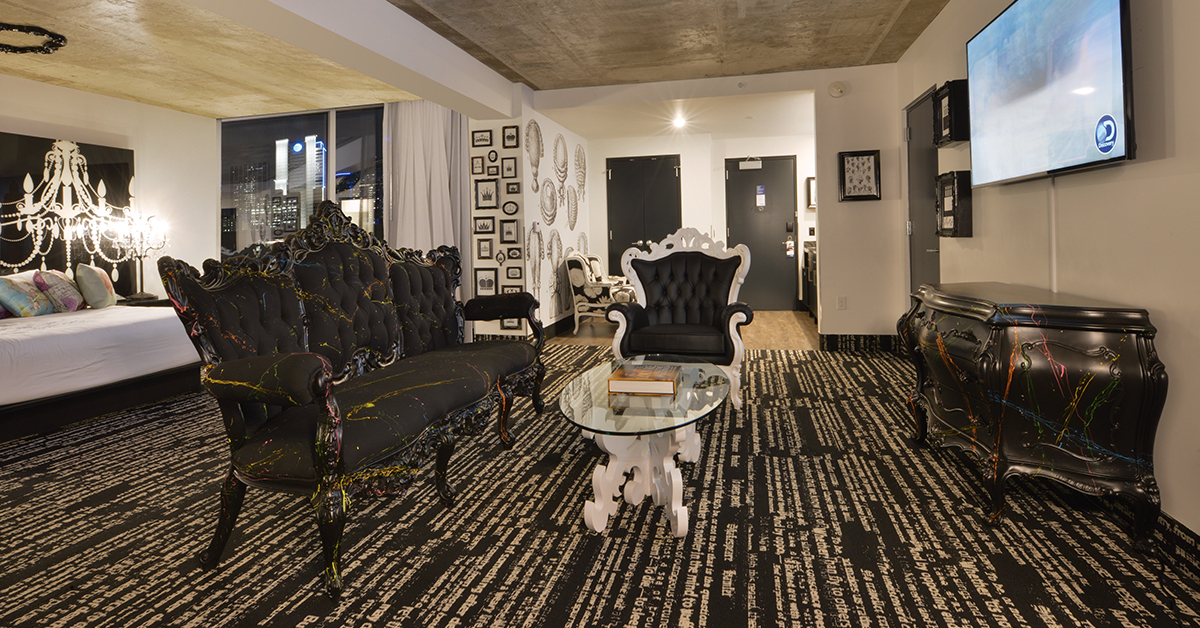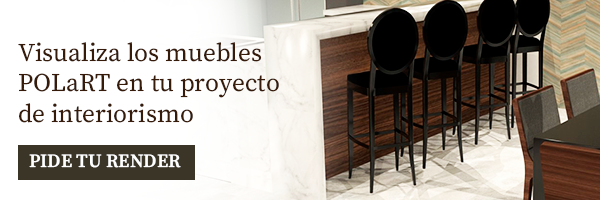Unlike fashion and interior design, trends in architecture evolve at a much slower pace. This is because architecture cannot keep up with the dizzying changes that are happening to each other in other industries, but on the other hand, architectural trends are often much more iconic and representative of their time.
What we mean, in summary, is that we cannot talk so much about the architectural trends of this year that is just beginning, but about what we can expect throughout this new decade, but that same general inertia will be what will define the sub-trends of interior design.
Broadly speaking, we can identify at least five trends that are already beginning to determine the direction that the architecture of the third decade of the two thousand will take, and that are obviously the reflection of important changes in the lifestyle and mentality of people.
1.- Opening of spaces
With more and more activities restricted to the home, versatile and multipurpose spaces that can be easily adapted to the particular needs of each user are becoming very important when deciding the distribution of homes. Open spaces also convey a feeling of spaciousness, light and airiness. For this reason, lofts, high ceilings and cubes with vertical lids will be quite popular.
2.- Home Office
Spaces designed to work at home comfortably, or that at least can be adapted correctly for it, will no longer be optional, in the same way that the kitchen or rooms to rest are considered basic in any home. This goes far beyond considering additional square footage and a smarter layout, it also involves thinking about noise control, thermal control and ergonomics strategies.
3.- Renewed emphasis on spaces for coexistence
The return to family spaces at home as the main nucleus of coexistence is generating more interest and resources to be dedicated to spaces such as kitchens and family rooms, which now seek to be larger, more comfortable, and, above all, more welcoming and better adapted for members of all ages. In the same way, residential complexes that include areas of common use for recreation and that are better integrated with the surrounding nature, as well as their immediate connection with services such as supermarkets, schools, laundries, etc., will be increasingly attractive for buyers, above factors that were previously more relevant when choosing a home, such as location.
4.- Smart houses
With more and more smart home automation and appliances being controlled remotely or automated, it will be important that new homes can easily adapt to these technologies and, in many cases, include them from the start. And not only home automation will be a fundamental part of the architecture of the new decade; “Smart” also refers to systems with a much more environmentally conscious energy consumption. The projection of "green" buildings that can maximize resource savings, the use of materials that are more respectful of nature and coatings that are easier to sanitize and more resistant to the chemicals of disinfectant products is already a trend that can be identified clearly.
5.- One-person and coliving departments
Current changes in the economy and family structure have resulted in many people being unable or unwilling to invest in buying or renting a home of their own. More and more people choose to live alone, in the same way that more and more people adopt coliving as an option that adapts to their financial and social needs. Therefore, it will come as no surprise that the trends of the new decade include the projection of homes designed for a single person, or, at the other extreme, for several individuals without family ties to take advantage of the services and spaces of a single large home
In fact, during the first decades of the two thousand it was very common to see how large houses and apartments were adapted into smaller houses. The difference will be that these spaces will be planned for different needs from the beginning, which leads us to expect much more intelligent distributions and a better use of space that truly improves the quality of life of the user, staying at affordable prices.
As an interior designer, keeping up to date with current architectural trends is also very important, because that allows you to better anticipate the needs of your clients and offer them better proposals. Have you already considered these five key changes?



.jpg?width=1400&name=2.1%20(1).jpg)



Leave Comment